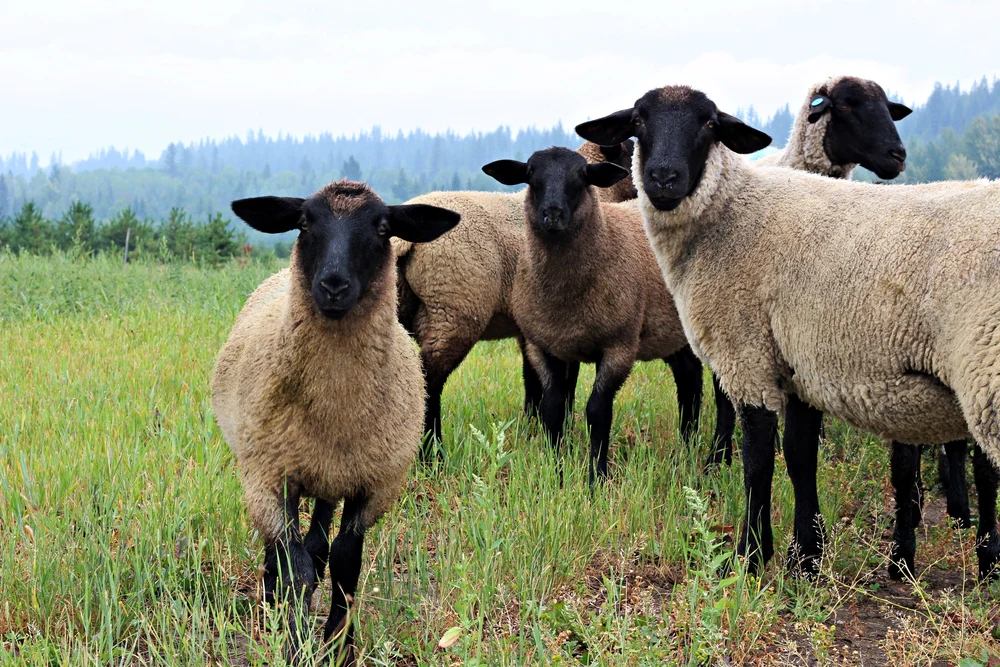sheep breeds
1/19
Earn XP
Description and Tags
food animal clinical management
Name | Mastery | Learn | Test | Matching | Spaced |
|---|
No study sessions yet.
20 Terms
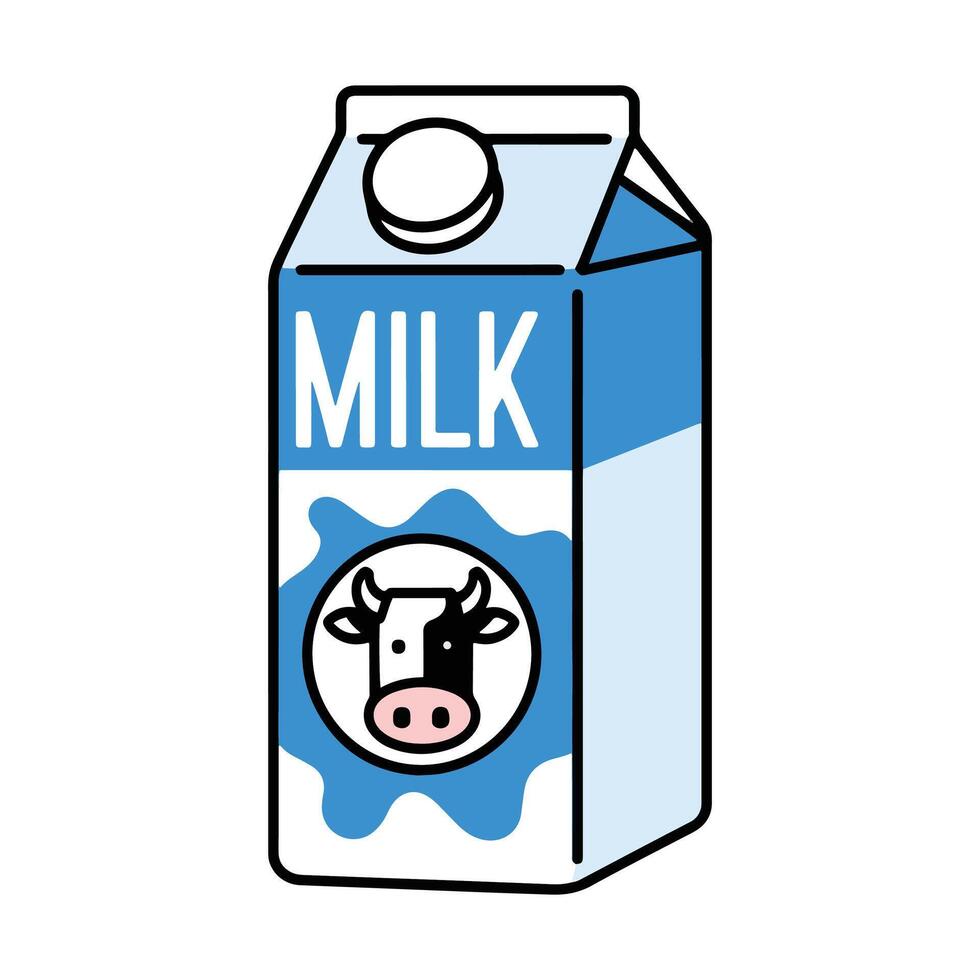
East Friesian
originated in Friesland in northern germany and holland. used for household milk. introduced to the us from canada in teh 1994. worlds highst producing dairy sheep. hairless rat tail and legs without wool. suited for all climate and have docile temps. They also lactate longer than other breeds. ewes for milk and lambs for meat.
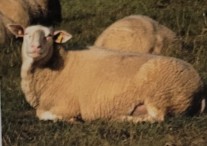
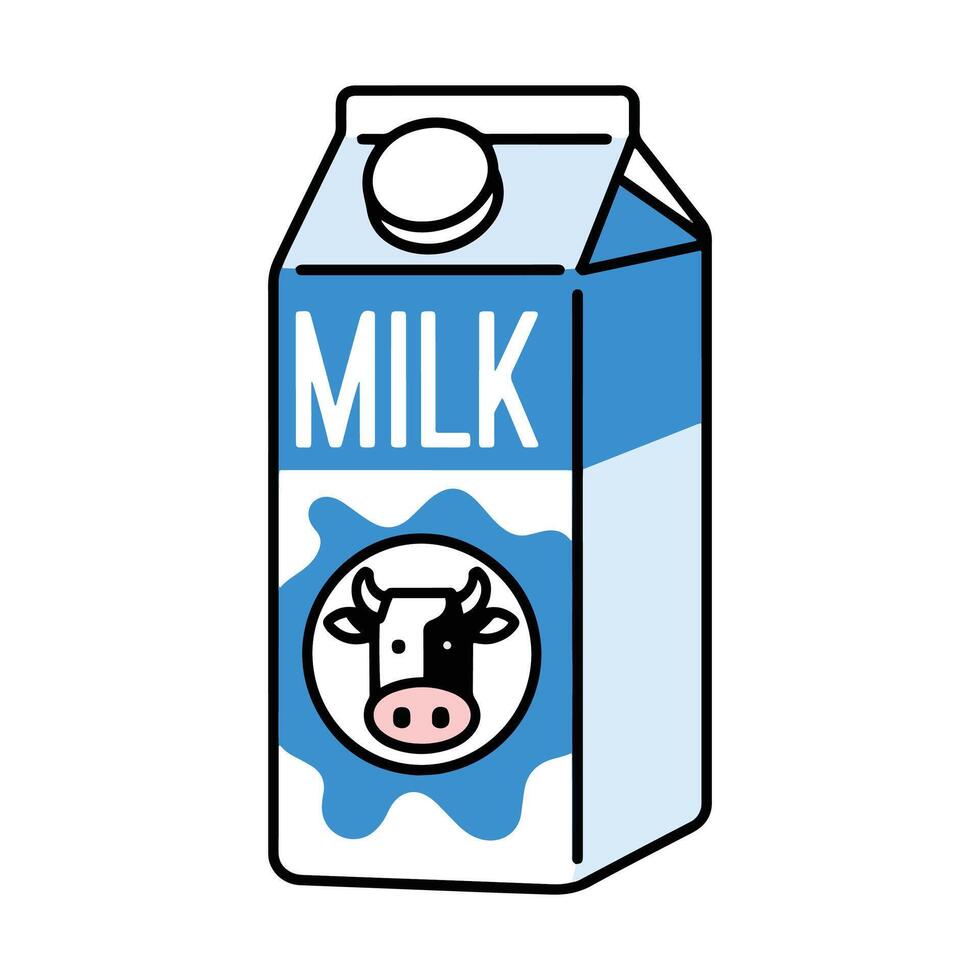
lacaune
originated near lacaune in southern france. second most common dairy sheep in us. hardy breed with docile temperament. suited to rocky terrain. ewes produce milk used to make roquefort cheese. east friesians and lacaunes are commonly crossbred to produce higher quality milk but typically lower quantities.
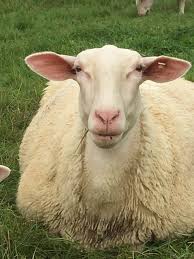
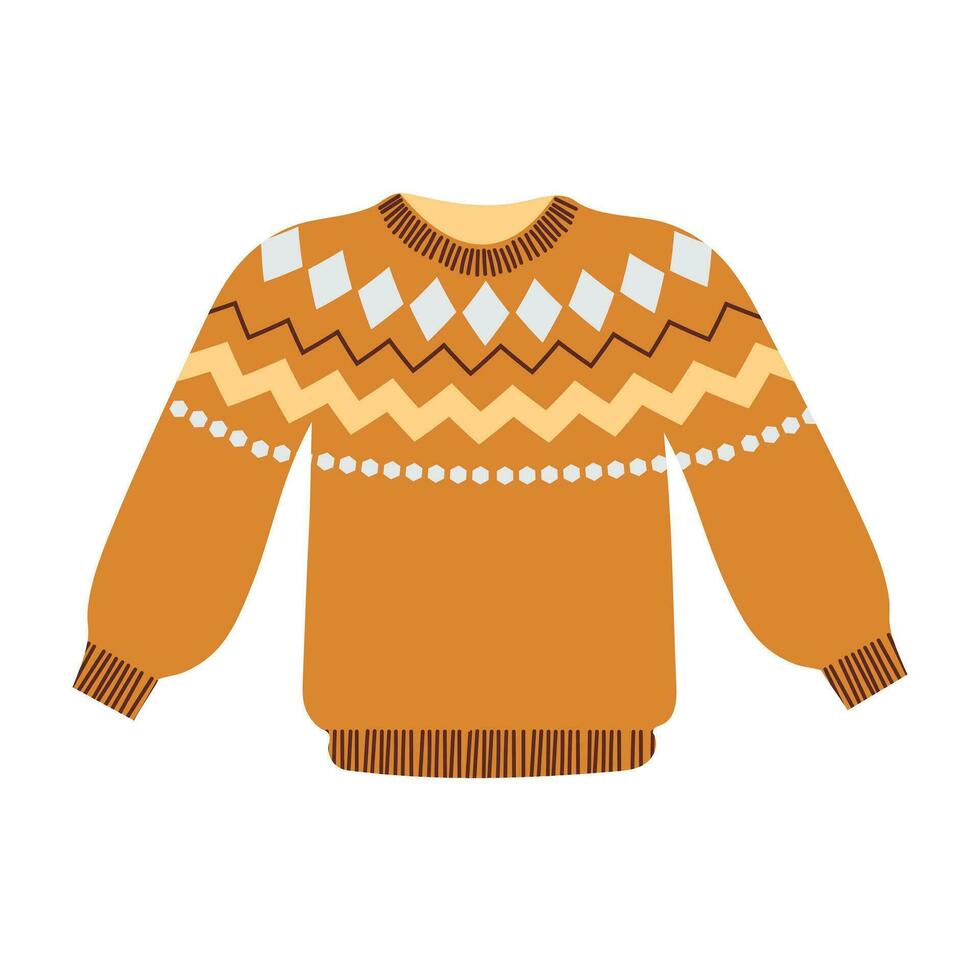
leicester longwool
long heavy fleece. dense and long and hangs freely. tall breeds. originated in england in 1700s, but declined in usage over the years in favor of other fine wool breeds. reestablished in 1990 through importing sheep from australia. listed as endangered livestock breed. easy to raise and handle. do not respond well to herding dogs and often the entire flock turn against the dog.
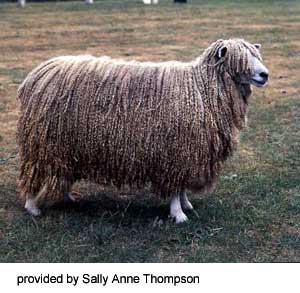
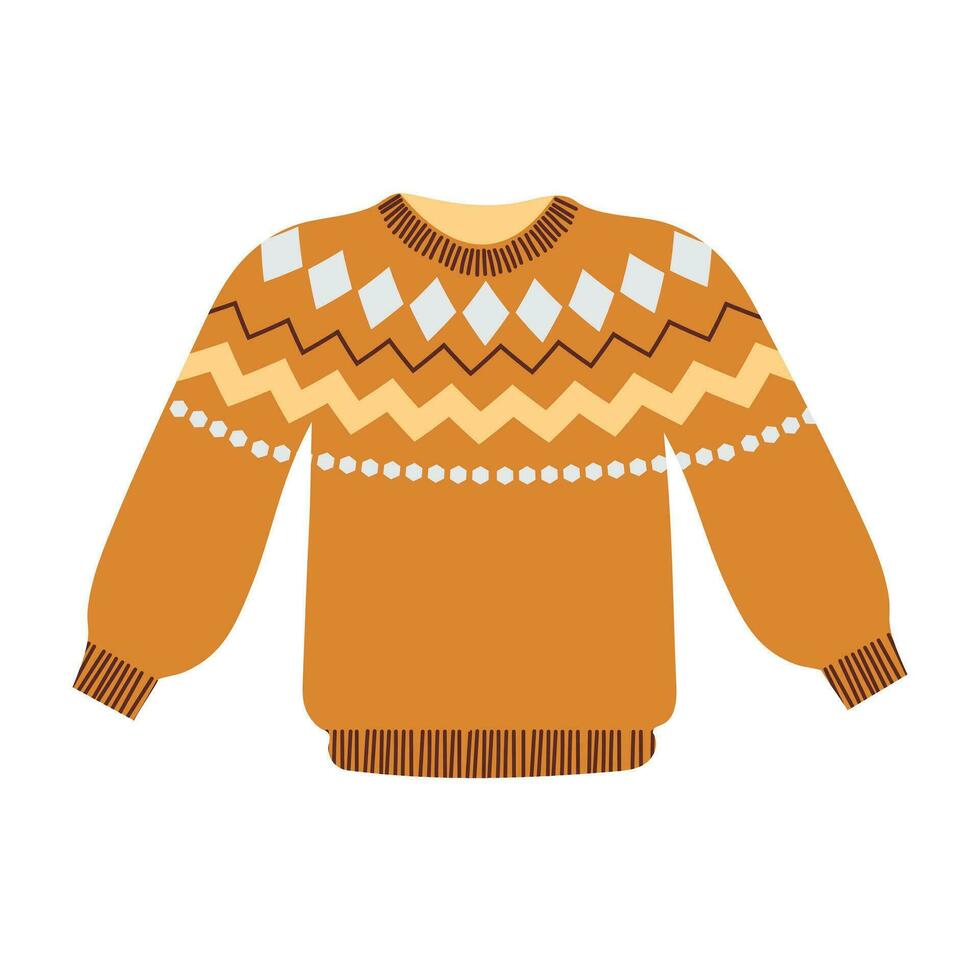
merino
originated in spain.horned version have long spiring horns. originally bred for wool production. gained popularity as a meat breed because of improvements in the carcass quality. due to popularity of its prized wool, it is still classified as fiber breed. wool is used heavily in fiber produciton because it is no of the finest quality wools to make many articles of clothing.
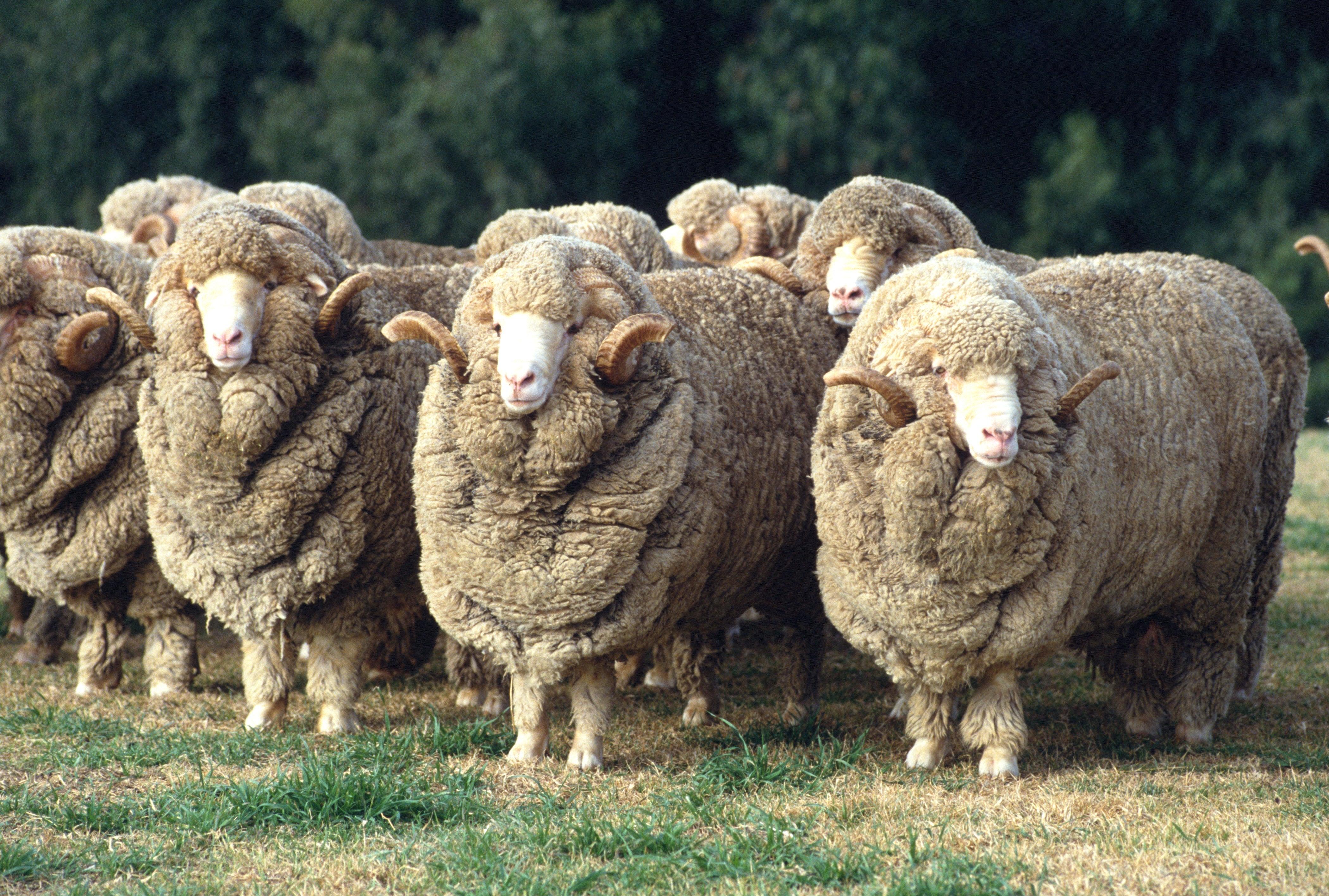
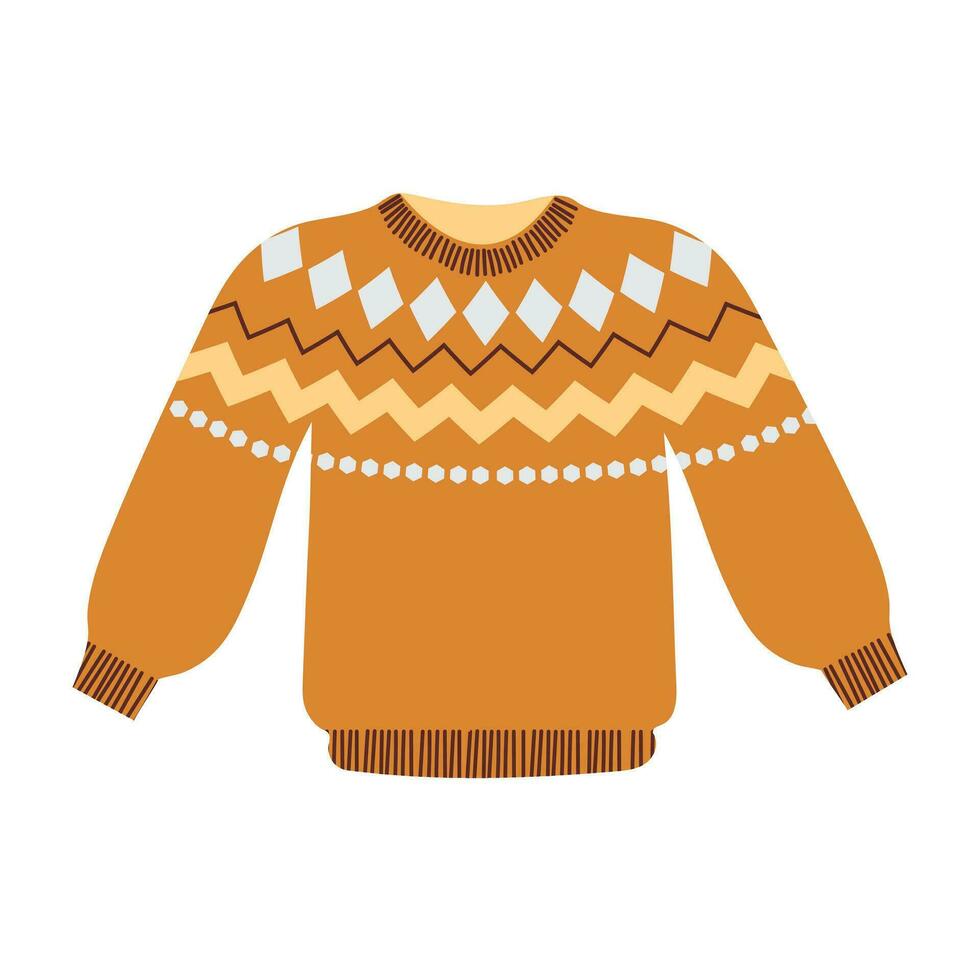
miniature “babydoll” southdown
originated in 1700s in england and were imported to us in early 1800s getting their name from their teddy bear like face. wool is short and fine and can be classified as cashmere. good natured, hardy breed with strong flocking instincts, they do not do well raised alone.
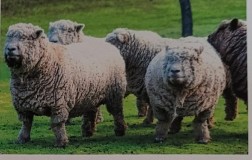
mutton or lamb
meat harvest from sheep. from a sheep older than 1 year. larger amount of fat with a strong gamey flavor more popular in other countries than us.
lamb
from sheep younger than 1 year. more tender and leaner with milder flavor preferred over mutton in us.
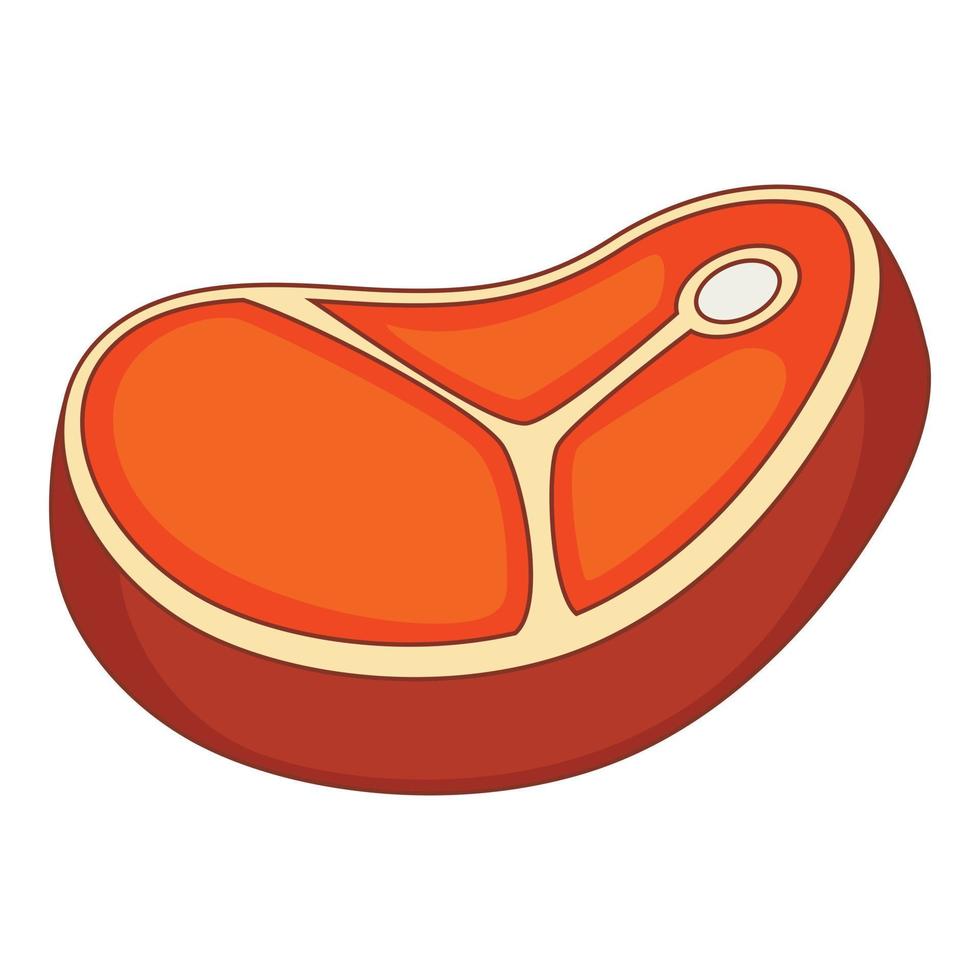
american/ barbados black belly
light to reddish coat color. black facial markings and black bellies, legs and chest. american are horned. barbados are polled. american develped by cross breeding mouflon and barbados blackbellies. no wool. do well in warmer climates. females are capable of breeding off season. lean meat, milk flavor.
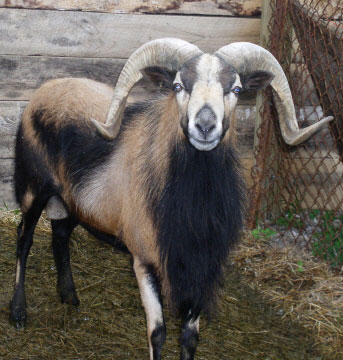
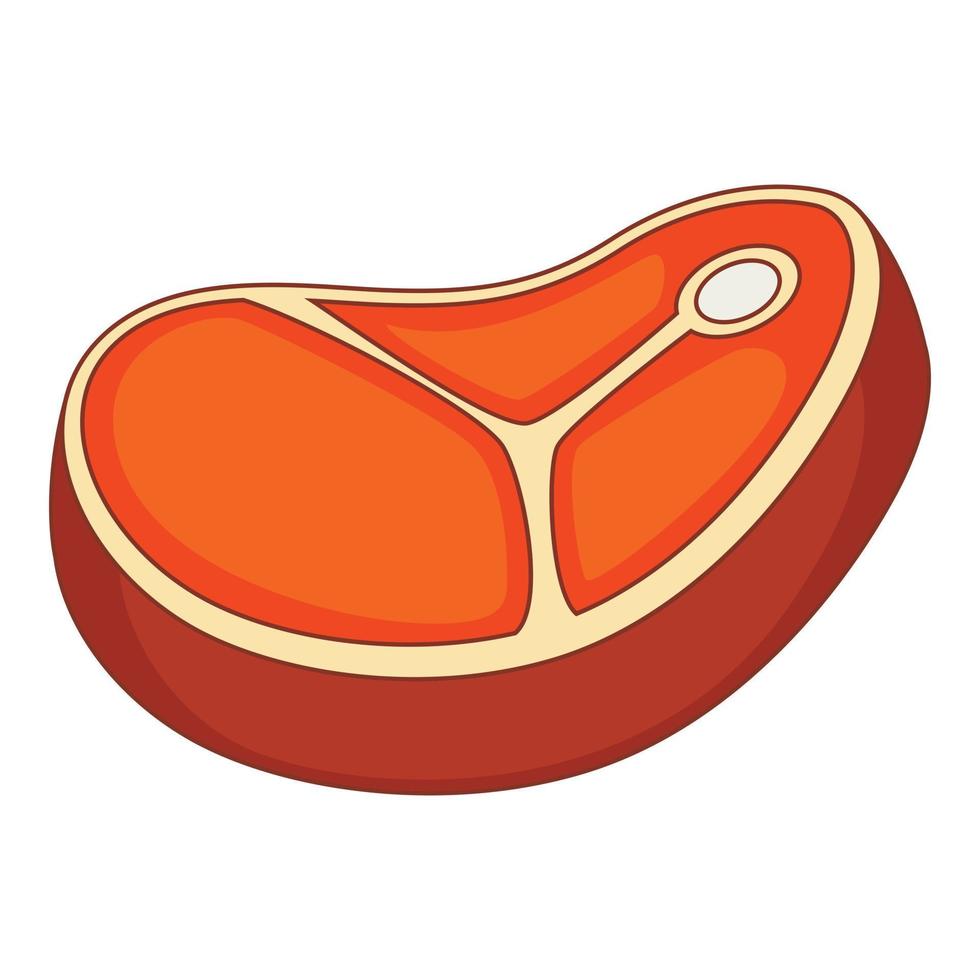
dorper
south african breed developed in 1930s. known for hardiness, characteristic black head and white body. thick skin. marketed for their sheep skin. primarily used for mutton.
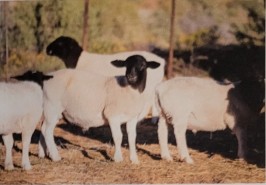
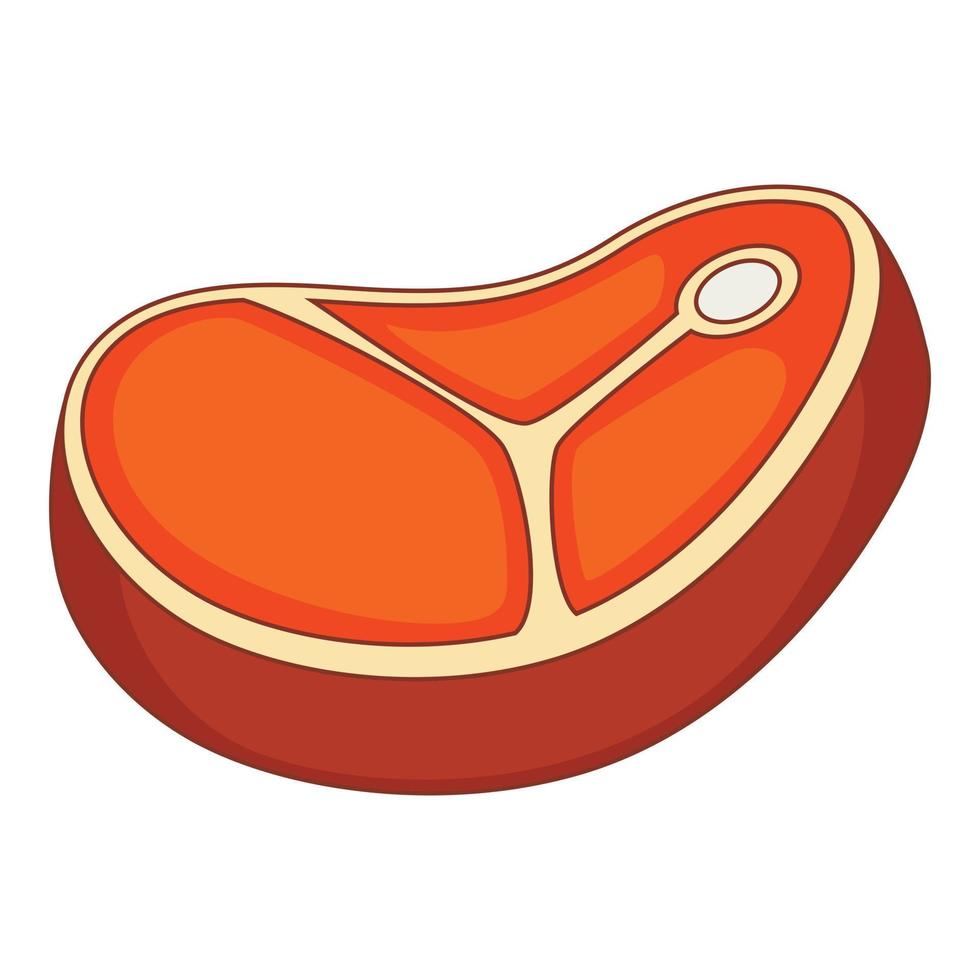
katahdin
developed in us in 1950s specifically for its lack of hair. named for mt katahdin in main where it originated. doesn’t produce wool and doesn’t need shearing. has lean, meaty carcass. high resistance to parasites and adapts to a variety of climates.
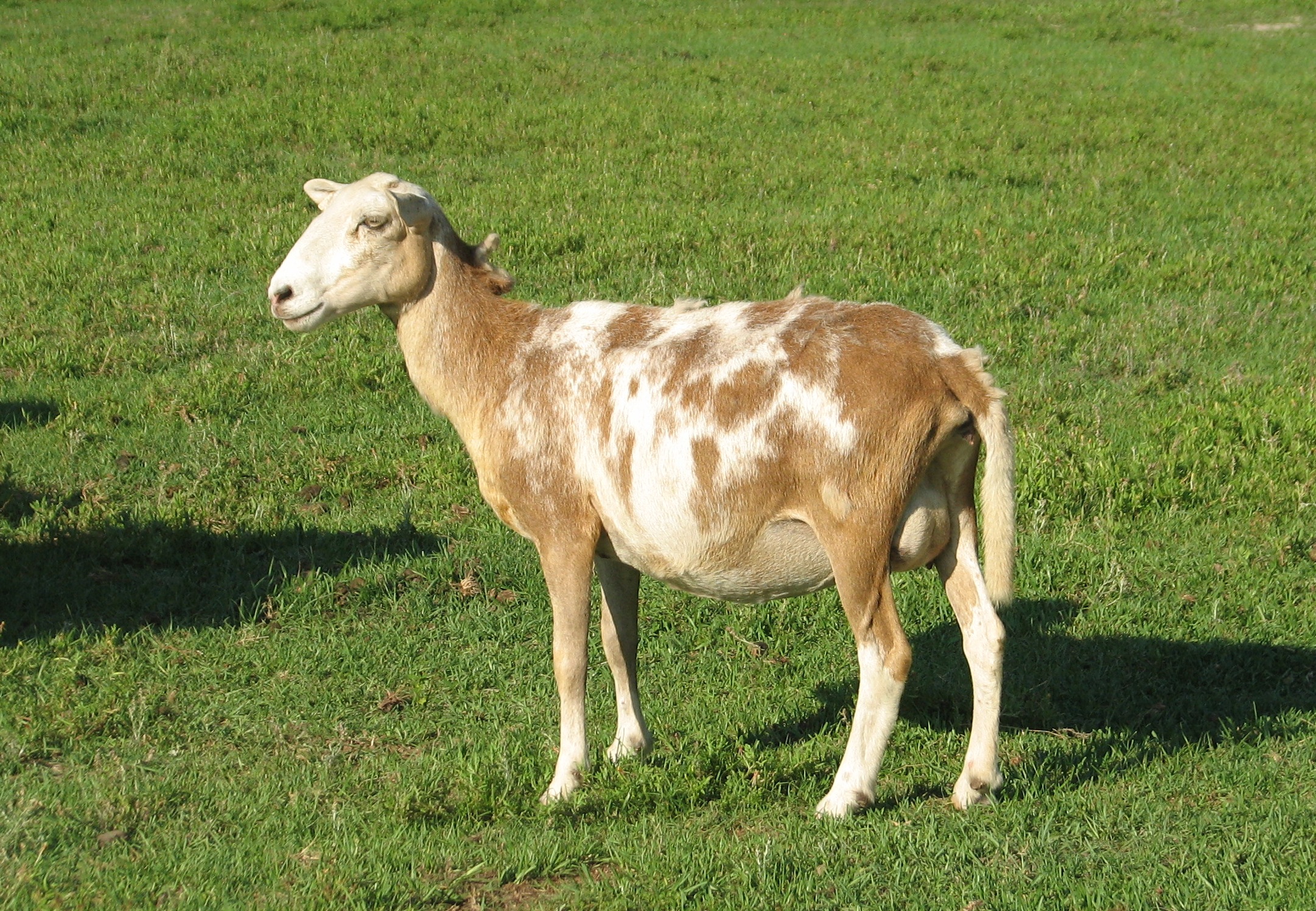
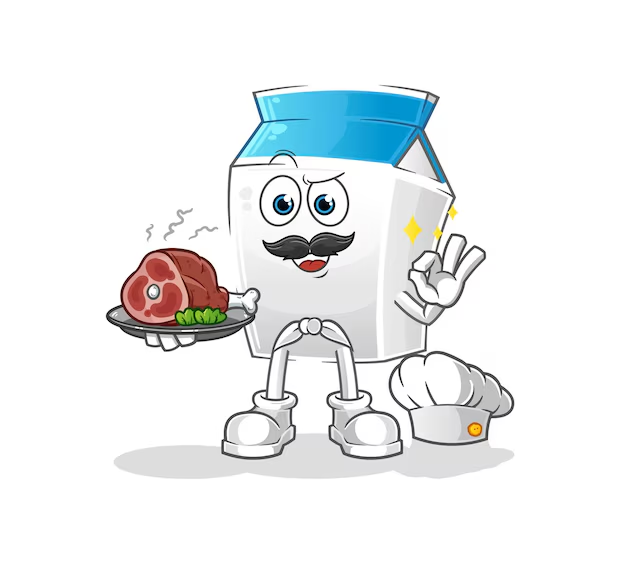
columbia
developed in us. by USDA by crossing rambouillet and lincoln breeds to produce a breed that provides greater qualities of meat and wool. wool everywhere but their face. pink nose. white hooves. high quality lean meat and good quality wool. adapt well to various conditions and have docile temperaments
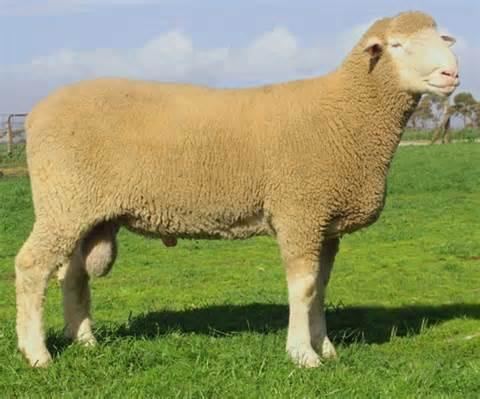

dorset
good quality meat and white wool. horned originated in england and introduced to us in 1885. polled ones developed from dominate poll gene. will breed out of season and commonly have multiple offspring.
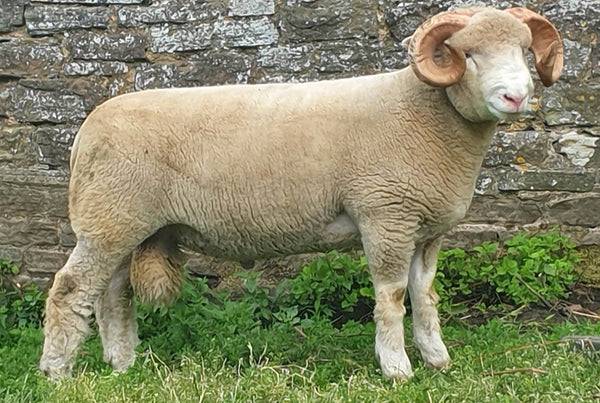
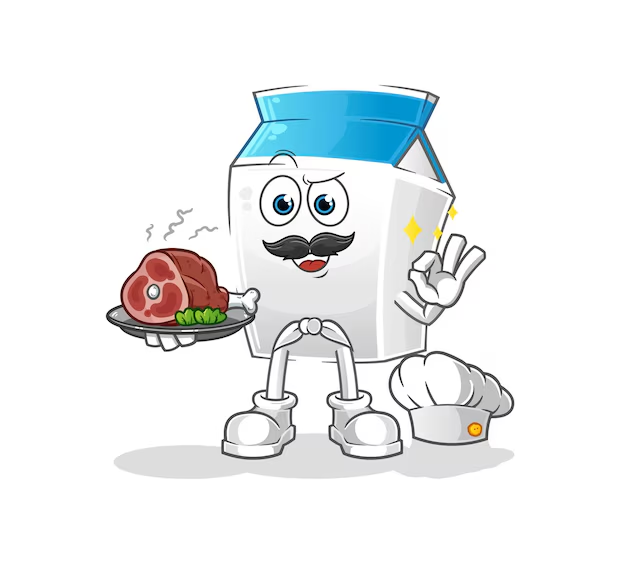
hampshire (down)
polled breed. originated in hampshire county of southern england. dark face and legs with white fleece. roman nose. used for hardy meat sheep also produce high quality fleece of more than 6 lb. large size but quiet and easy to keep.
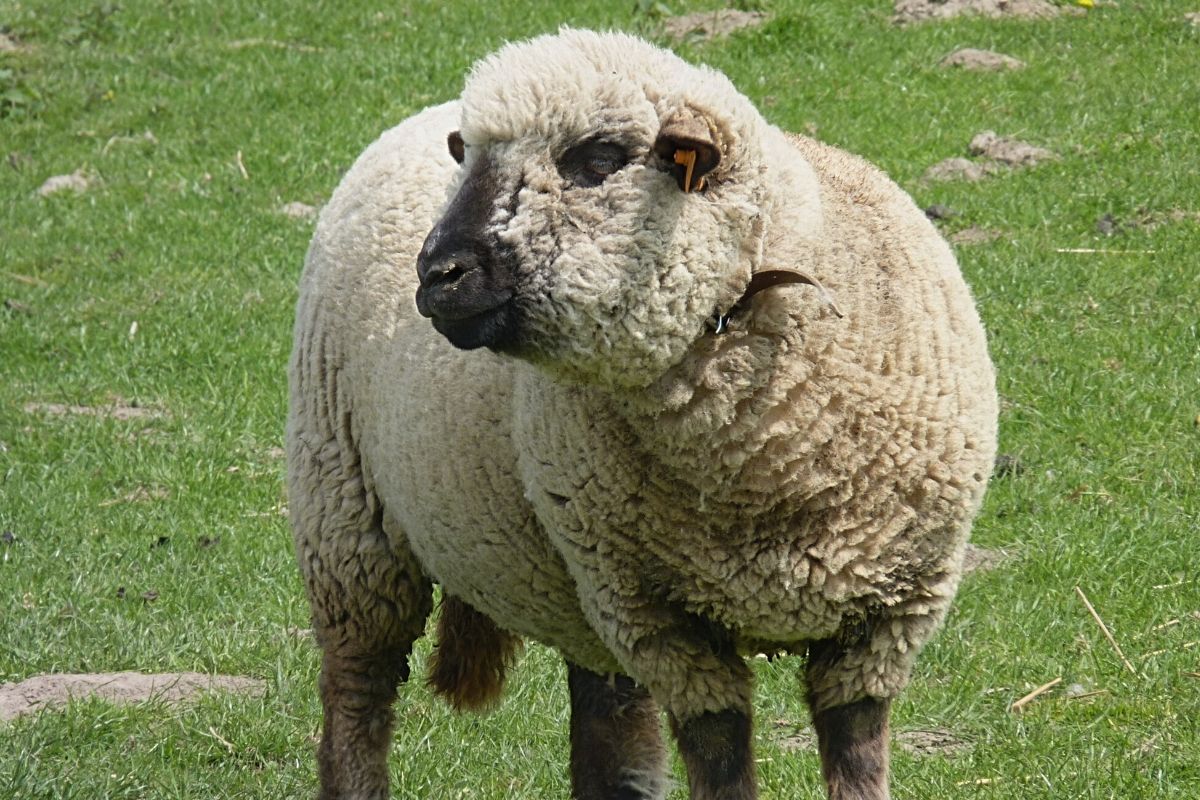
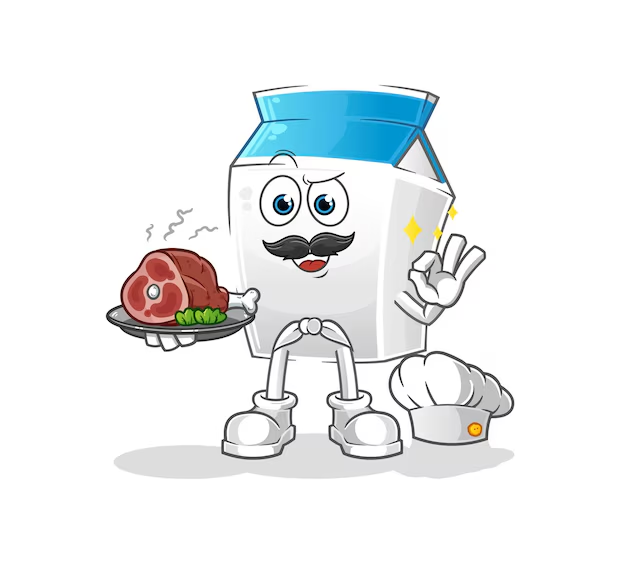
jacob
horned breed. lean good quality meat and also good qualtiy fleece that can be spun into multicolor thread or seperated. unique polycerate breed (2-6 horns) with fleshy gap between them. one of hte oldest breeds in existance dating back to england in 1700s. imported to us in 1900s.
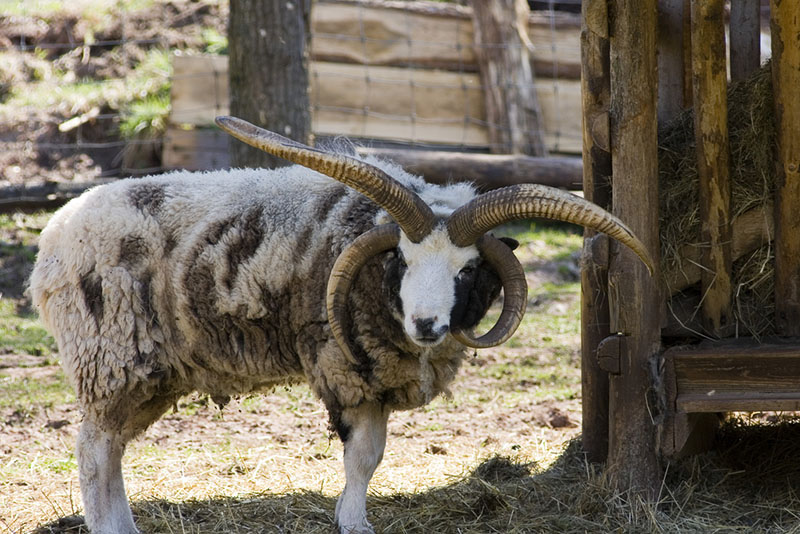
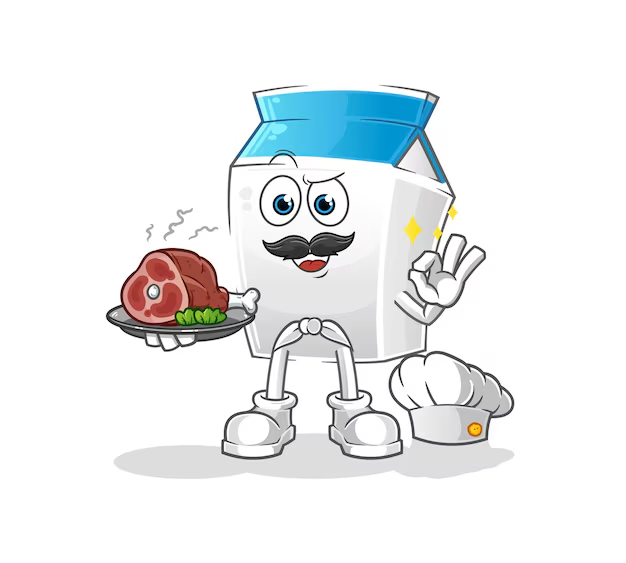
lincoln (longwool)
originated in united kingdom from crossbreeding leicester and lincolnshire breed. imported to us in 1800 used for fiber or meat. worlds largest sheep breed. white wool with forelock, and fleece that hangs in heavy locks often twisted. produce lean well muscled carcass
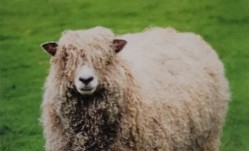
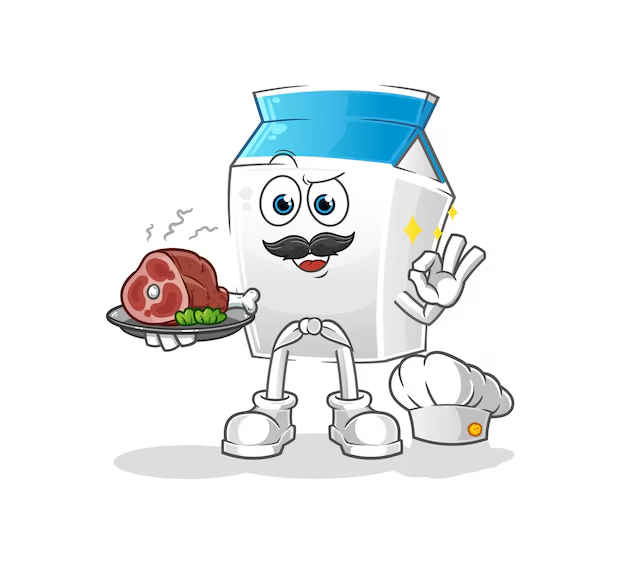
montadale
polled breed originated in us in 1930s. cross between columbia and cheviot breed. all white wool, bare legs and heads, and black nostrils and hooves. high quality, lean, and well muscled carcass. good quality wool contains lower amounts of lanolin, producing a higher yield. strong hardy
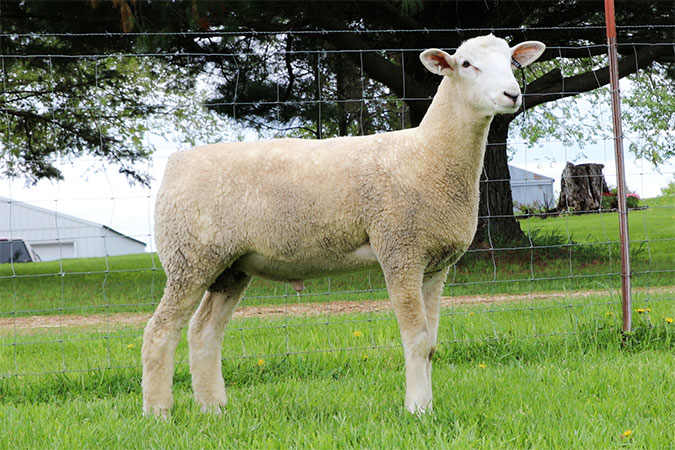
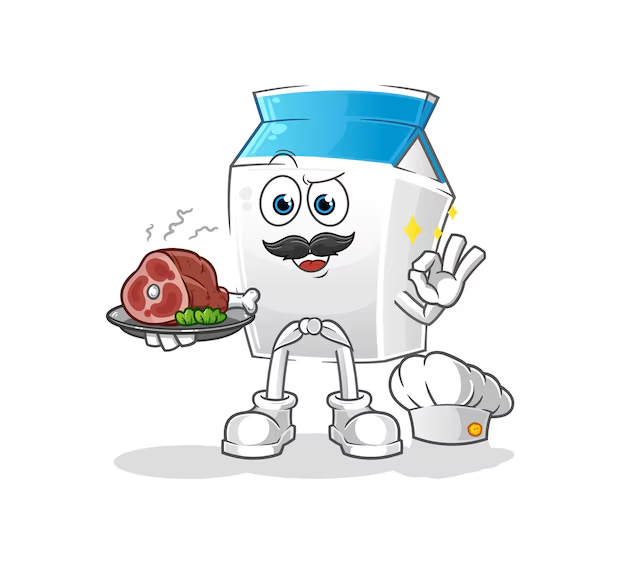
rambouillet (french merino/ rambouillet merino)
originated in france. have either tight spiral horns or sprawling. produce high quality wool and a quality meat with mutton characteristics. wooly face and legs. fleece is dense and high yielding. extremely popular commercial breed
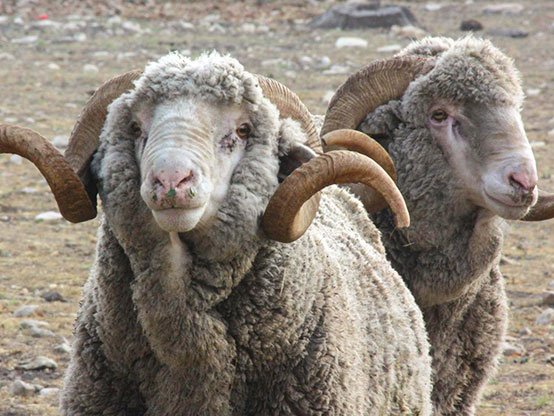
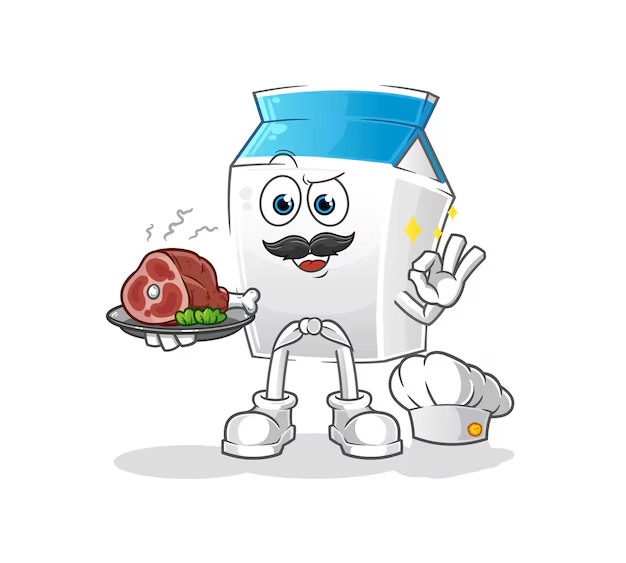
shropshire
originated in england used for meat and wool. black and brown face and legs. white wool. lambs have excellent lean, high quality carcasses. produce large quantity of fleece. excellent disposition, popular for rearing
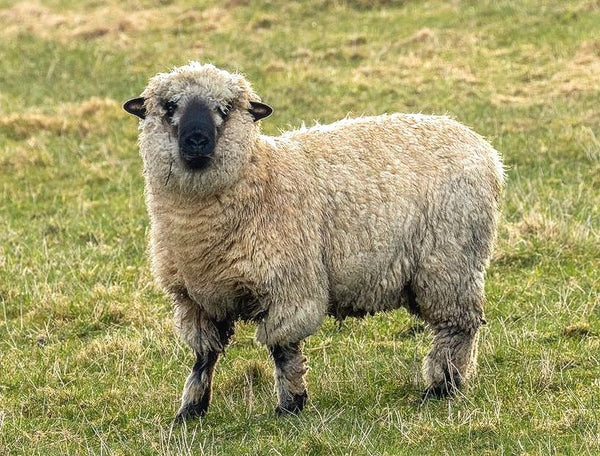
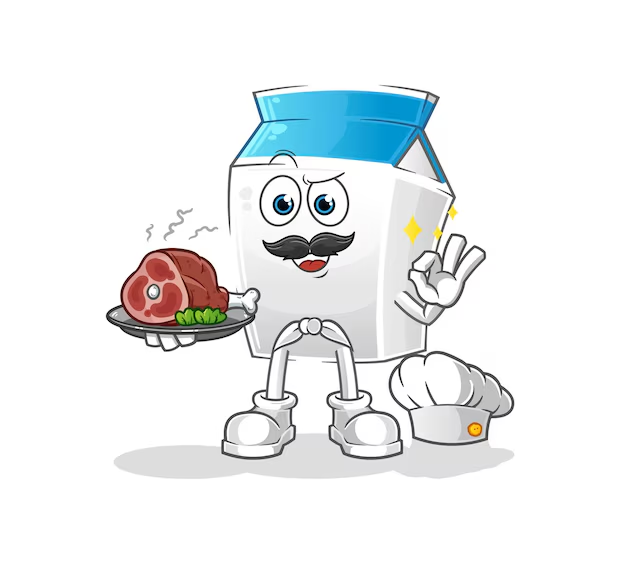
southdown
developed in england in south downs of sussex. one of the oldest of english breeds. oldest of the down sheep. brought to us in 1800s. large compact body. stubby legs. active breed but calm disposition. conformation is suited for meat production with high carcass quality lambs. used for fiber
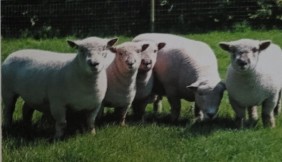
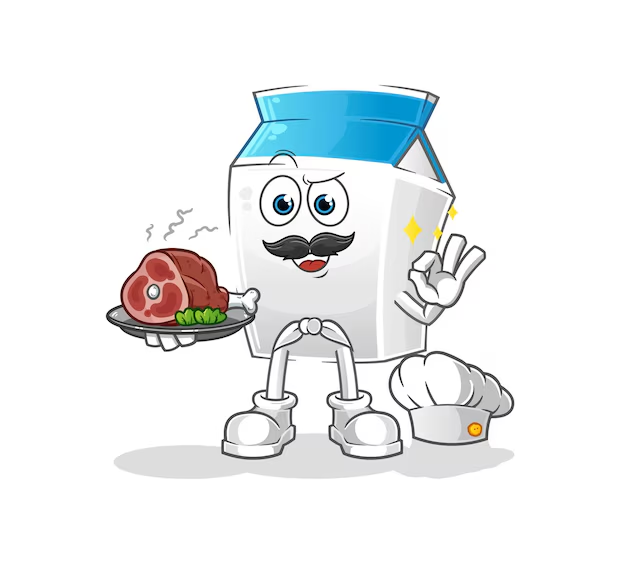
suffolk
polled breed originating in england. came to us in 1880s. white fleece body, all black head or dark bare legs. size makes them ideal for meat but also good for wool. not known as a dairy producer, some breeders use their milk in small quantities for personal use or to produce a gourmet cheese. most common breed for 4h and FFA organizations and is a hardy, strong breed easy to keep.
